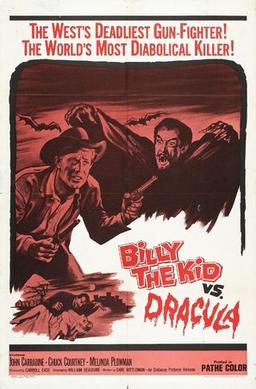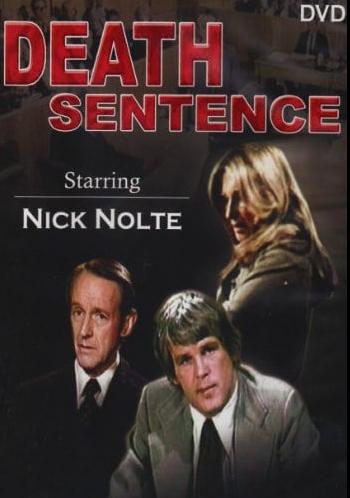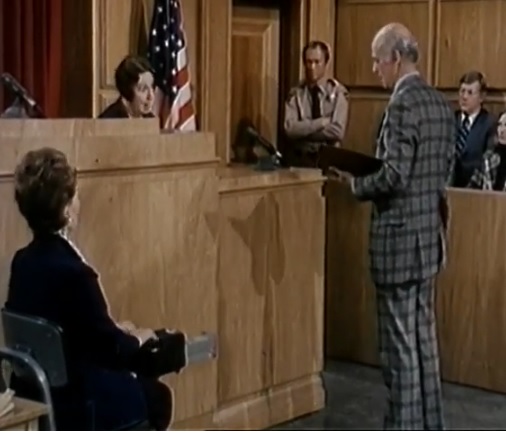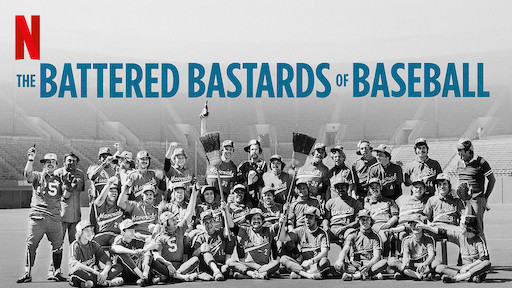 Dracula comes to the old west!
Dracula comes to the old west!
The count (John Carradine) has been traveling across the frontier, feasting on settlers and stagecoach riders. When he comes to a town in the middle of nowhere, he poses as the uncle of saloon owner Betty Bentley (Melinda Plowman). Using the name Mr. Underhill, Dracula hopes to make Betty into his latest bride. Everything about Mr. Underhill indicates that he is a vampire but Betty refuses to believe it. Even when she’s told that Mr. Underhill doesn’t cast a reflection, Betty dismisses it as just being “the old vampire test.” Two German servants recognize her uncle as being a vampire and Betty again refuses to believe them. Betty’s fiancé, Billy the Kid (Chuck Courtney), realizes that there is something wrong with Mr. Underhill but can he save his future wife?
The idea of vampires in the old west is one that has inspired a surprising number of movies, most of which are considerably better than Billy The Kid Versus Dracula. In this movie, Chuck Courtney plays one of the old west’s most notorious outlaws but he’s portrayed as being one of the most upstanding members of his community. John Carradine plays the world’s most notorious vampire but just comes across as being a grouchy old man. Chuck Courtney is a convincing westerner but not a very interesting actor. John Carradine sleepwalks through the role and later said Billy The Kid Versus Dracula was the only one of his many films that he actively disliked. The movie was shot in 8 days and it looks like it.
This was also the final film of director William Beaudine, who had directed his first film 51 years earlier. The film was released on a double feature with Beaudine’s Jesse James Meets Frankenstein’s Daughter. Everyone ended up in the old west eventually.




